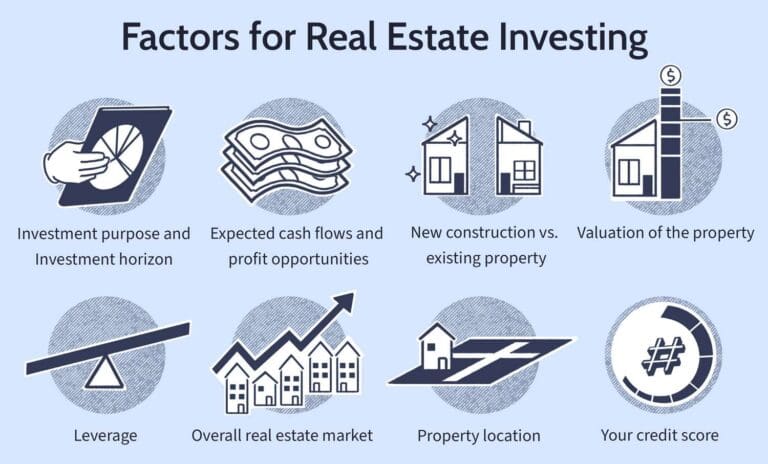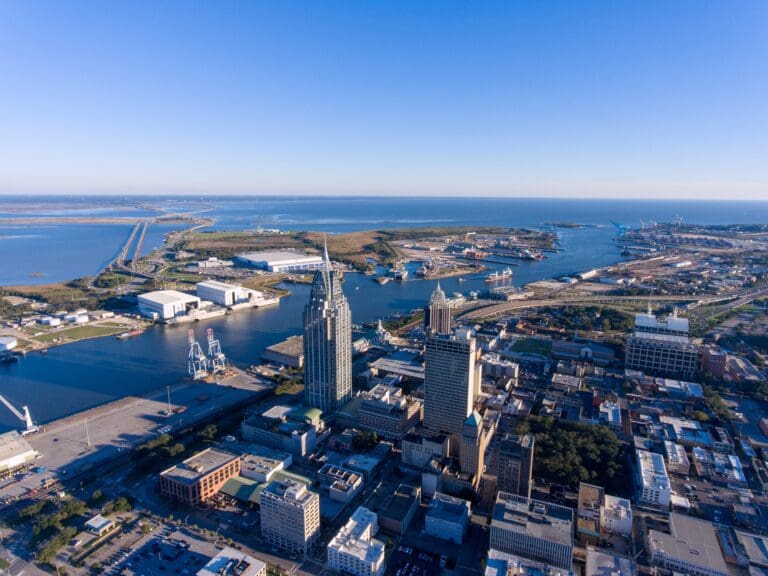New Construction Versus Existing Homes: A Detailed Look at the Pros and Cons of Both

Cons of Buying New Construction Homes
- Higher Costs
- Purchase Price: New construction homes generally have a higher upfront cost compared to existing homes due to the premium on new materials and modern designs.
- Additional Expenses: Costs for landscaping, window treatments, and other customizations can add up quickly.
- Location Limitations
- Development Areas: New homes are often built in newly developed areas, which might lack mature trees, established neighborhoods, and proximity to city centers or essential amenities.
- Construction Noise and Activity: If you move into a new development, you may have to deal with ongoing construction in the area for a period of time.
- Potential for Delays
- Construction Delays: Building a new home can be subject to delays due to weather, supply chain issues, or builder scheduling, which can impact your move-in timeline.
Pros of Buying Existing Used Homes
- Established Neighborhoods
- Mature Landscaping: Existing homes often come with mature trees and landscaping, providing a sense of permanence and aesthetic appeal.
- Community Feel: Established neighborhoods have a developed sense of community, with amenities like schools, parks, and local businesses already in place.
- Lower Initial Cost
- Negotiation Power: There may be more room for negotiation on the price of an existing home, potentially leading to a better deal.
- Immediate Availability: Existing homes are usually ready for immediate occupancy, eliminating the waiting period associated with new construction.
- Unique Character
- Architectural Variety: Older homes often feature unique architectural styles and details that are hard to find in new constructions.
- Historical Charm: Many existing homes have a sense of history and character that appeals to buyers looking for a home with personality.
Cons of Buying Existing Used Homes
- Higher Maintenance and Repairs
- Aging Systems: Older homes may have aging systems and appliances that require more frequent repairs or replacements.
- Outdated Design: Existing homes may have outdated designs or layouts that don’t meet modern needs and preferences, potentially necessitating costly renovations.
- Potential Health and Safety Issues
- Hazardous Materials: Older homes might contain hazardous materials like asbestos, lead paint, or mold, which can pose health risks and require expensive remediation.
- Outdated Building Codes: Homes built to older building codes may not meet current safety standards, potentially requiring updates to comply with modern regulations.
- Limited Customization
- Existing Layout: While renovations are possible, changing the layout or structural aspects of an existing home can be more challenging and costly compared to customizing a new construction home.
- Design Limitations: Existing homes may not have the open floor plans or modern amenities that many buyers prefer.

Conclusion
Choosing between a new construction home and an existing used home is a significant decision that depends on various factors including your budget, lifestyle, and personal preferences. New construction homes offer modern amenities, energy efficiency, and customization options but come with higher costs and potential location limitations. On the other hand, existing used homes provide unique character, established neighborhoods, and potentially lower initial costs, but may require more maintenance and updates.
Ultimately, the best choice for you will depend on what you prioritize most in a home. Whether you value the latest technology and design or the charm and community of an established neighborhood, carefully weighing the pros and cons of each option will help you find the perfect home to suit your needs.
Unsure Which Route to Take?
Our experienced team can help you determine whether a new construction or existing used home is best for your situation. We will discuss your individual needs and help find the home that is right for you.
Frequently Asked Questions
Question: How will the resale value differ between a “new” home and a “used” home in the same neighborhood over the next 5-10 years?
Answer: Many buyers focus on “what’s best right now,” but it’s wise to think ahead about resale value. A new home may boast modern systems, warranties and minimal maintenance, which can attract future buyers. A used home—especially in an established neighborhood—may benefit from mature landscaping, desirable lot size, and local amenities already in place. In some cases the used home may have more “character” that appeals. So you’d want to weigh how much of your decision is driven by short-term convenience vs long-term value. Ask your agent to review comparable resales in the area for both new and used homes, and consider how lot size, neighborhood age, and future community growth may affect value.
Question: What should I budget for unexpected costs when I choose a new construction vs. a used home?
Answer: While a new home often promises fewer immediate repairs, buyers should still budget for things like landscaping, window coverings, driveway sealing, HOA fees (if any), and upgrades beyond the base model. Older homes may require major system replacements (roof, HVAC, plumbing, electrical) sooner than new ones. It’s smart to set aside a “contingency fund” for both: for example, $1,500–$3,000 the first year for a new build, and perhaps $5,000+ for a used home depending on age/condition. Work with your inspector and your agent to identify likely future costs and build them into your overall purchase budget.
Question: How much does “location maturity” matter when comparing new vs. used homes?
Answer: Location maturity refers to how established the surrounding neighborhood is: schools built, roads complete, lots filled, amenities nearby. With many newer homes the community may still be under development, with construction ongoing, fewer trees, and fewer built-out conveniences. A used home in an older, mature neighborhood may offer finished roads, larger lots, mature trees, and known services. That matters because it can affect your quality of life now—and the ease of resale later. So in your evaluation ask: Are nearby amenities (shopping, schools, parks) fully in place? Are future phases planned that could add traffic or change the character? And how does the lot and street make you feel today?





